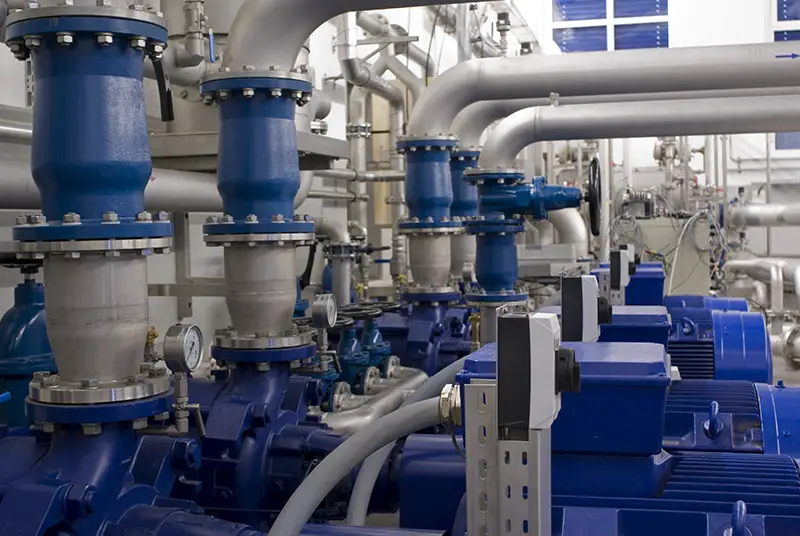Construction and Global Growth Drive Demand
New York, June 11, 2024 – A recent analysis by market research authority Technavio suggests a robust expansion in the global submersible pump market from 2024 to 2028. The market is expected to grow by USD 5.75 billion during this timeframe, achieving a compound annual growth rate (CAGR) of more than 4.54%.
The surge in construction activities globally is a major catalyst for the increased demand for submersible pumps, which are essential for water supply, wastewater management, and mining operations. Additionally, the oil and gas sector is significantly influencing market growth through the integration of IoT (Internet of Things) technologies.
IoT Integration Enhances Efficiency
The adoption of IoT in submersible pumps facilitates real-time monitoring of critical parameters like oil viscosity and pressure, enhancing operational efficiency. Leading manufacturers such as Grundfos, Flowserve, and Sulzer are at the forefront, offering IoT-capable pumps that support remote operations and efficient problem-solving.
Demand for Durable and Efficient Pumps
There is also a growing demand for submersible pumps that are both efficient and durable. These pumps are often made from robust materials like cast iron and stainless steel, which are both strong and corrosion-resistant. The shift toward energy-saving technologies such as variable frequency drives is also evident in the market.
Challenges and Solutions in the Market
Despite these positive trends, the market faces challenges like high purchase and maintenance costs, which could slow adoption rates. However, the rising trend of renting submersible pumps, particularly in sectors such as construction and oil and gas, is providing a viable alternative for those needing temporary solutions.
Conclusion: A Promising Market Outlook
Overall, the global submersible pump market is set to experience significant growth in the near future, driven by technological advancements, increasing demands for water and wastewater management, and a focus on energy efficiency. Manufacturers will need to continue innovating and reducing costs to remain competitive in this growing market.
